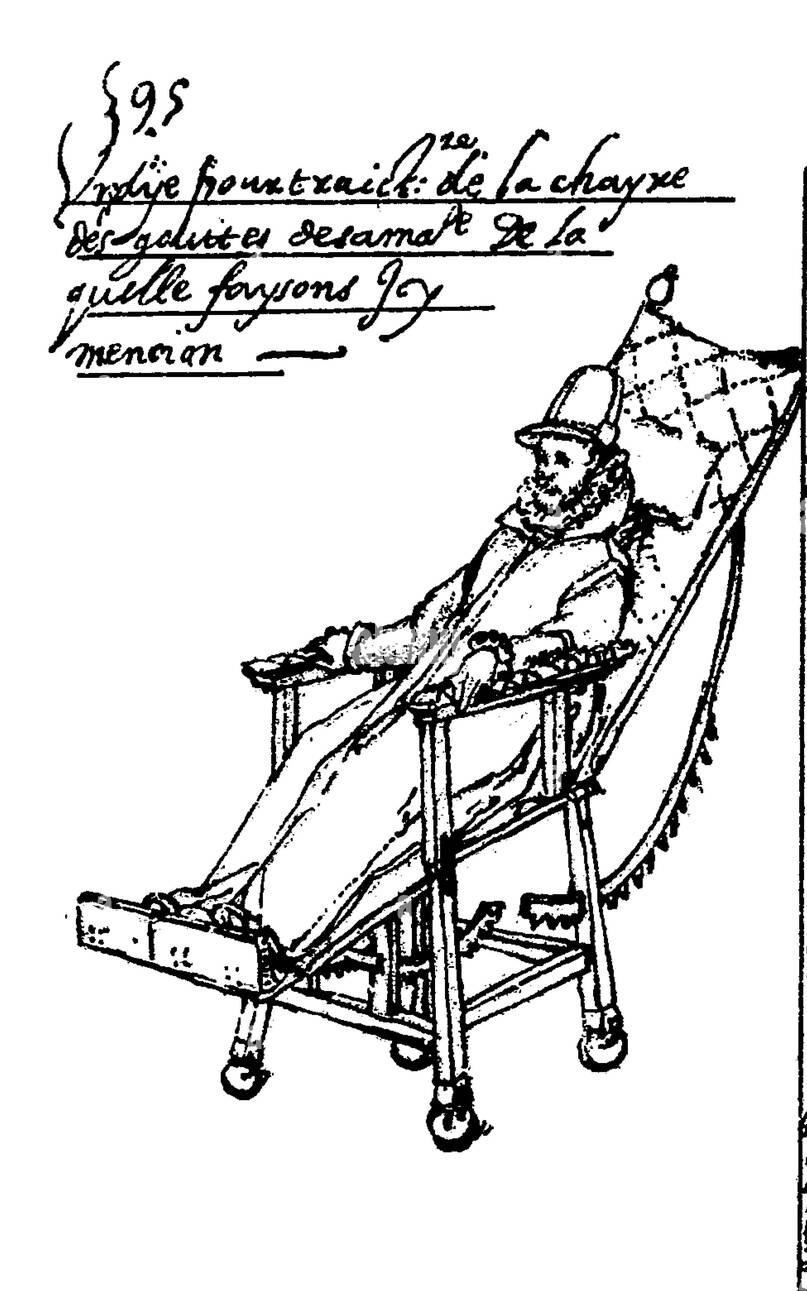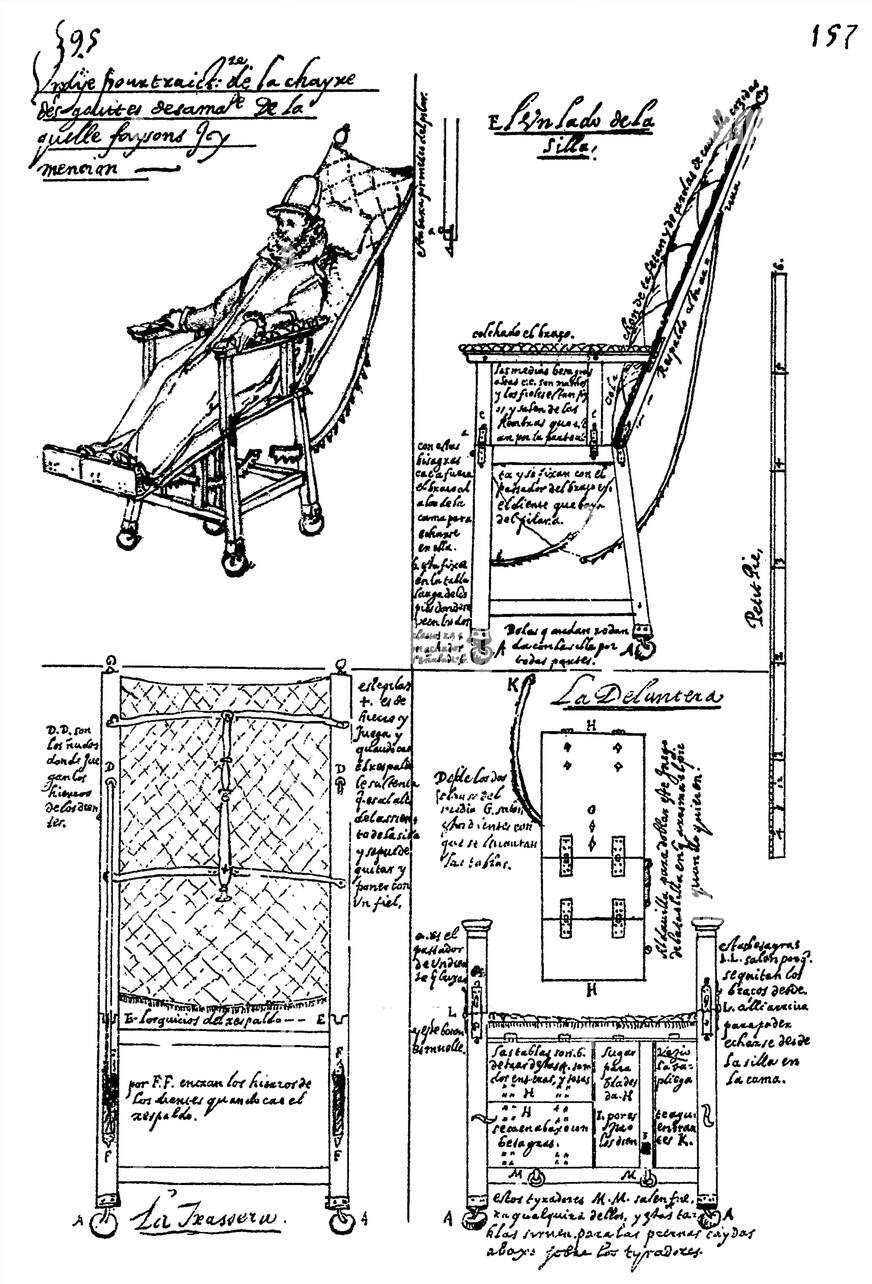Our specialist Wheelchair and Postural Management Service team
Our Wheelchair and Postural Management Service team provide adapted wheelchairs and bed positioning equipment to optimise each patient’s postural support, which increases independence and comfort.
People with profound neuro-disabilities spend their time either in bed or seated in a wheelchair. We make sure that all patients and residents are sitting in appropriate wheelchairs and work closely with occupational therapists and physiotherapists from across the RHN. We adapt bed positioning supports and wheelchair seating for a patient’s precise postural and functional needs.
We have a large stock of loan wheelchairs and equipment to be able to assess users to find the best solution to meet their needs. We also liaise with the wider network of NHS Wheelchair services to secure funding for patients’/residents’ long-term wheelchairs. And as a charity, we raise funds so that as soon as patients arrive at the RHN we create a bespoke wheelchair to lend to them. This means that they are out of bed, mobile and able to engage with their treatment as soon as possible.
Our Wheelchair and Postural Management Service workshop is on-site, so we can offer:
We are a small department and only have 6 permanent team members across the entire RHN.
Click here to hear Ron talk about custom-building wheelchairs at the RHN
Wheelchairs – Then and Now
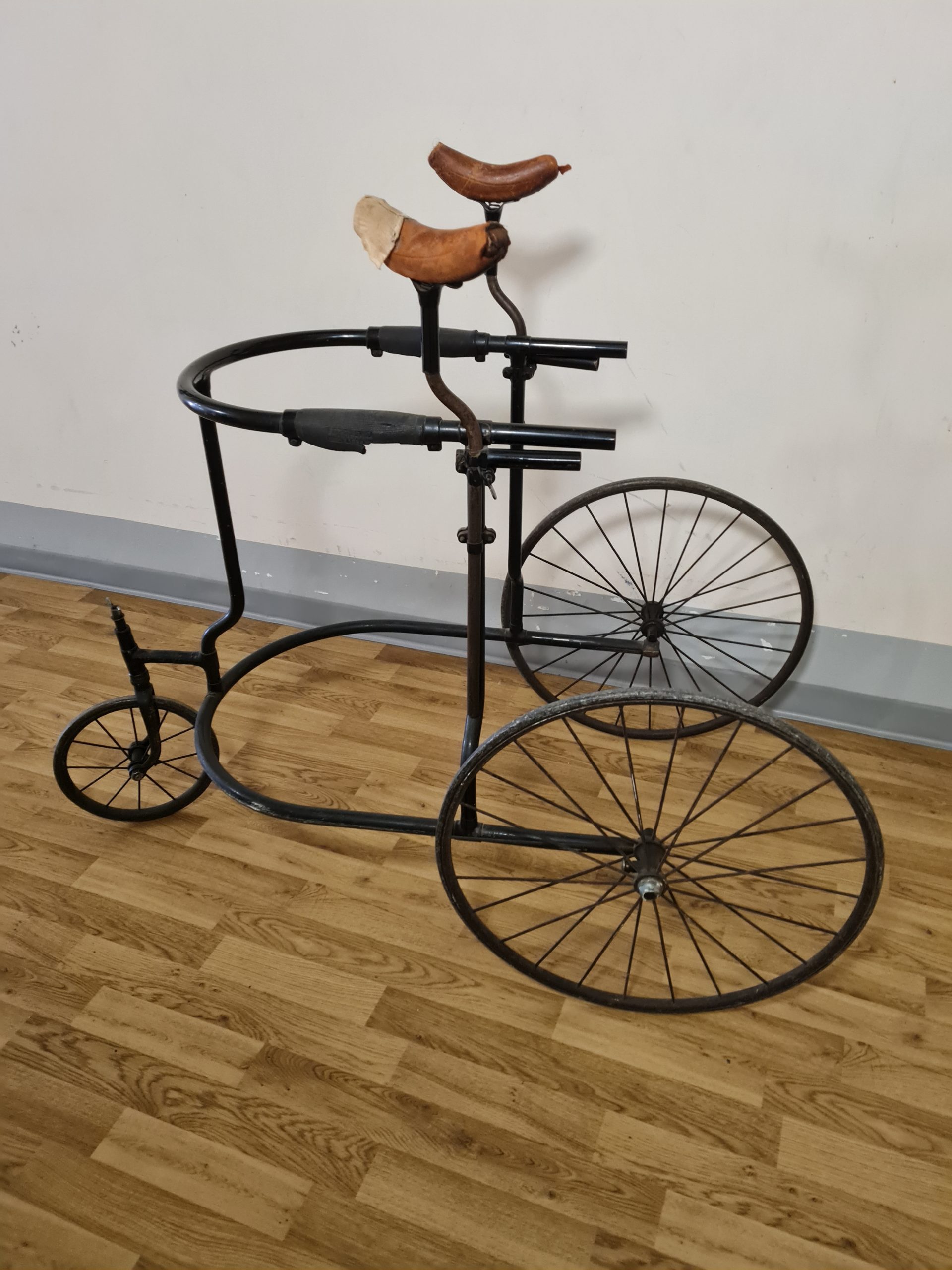
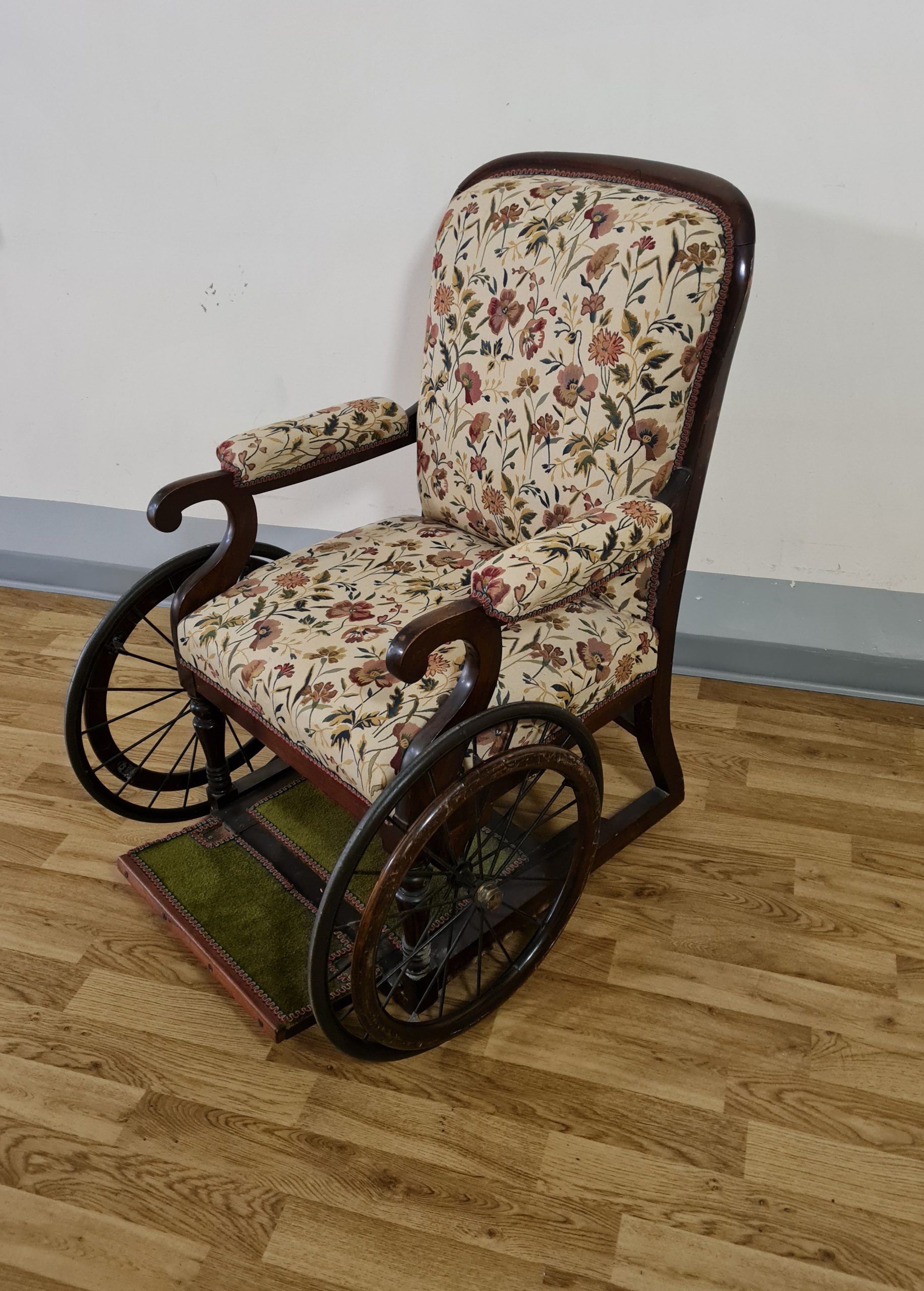
The archives hold a lot of information about wheelchair use at the hospital.
In the Victorian period, there were wheelchairs and sedan chairs, pushed or carried by attendants. Chairs were regularly gifted to the hospital but were also bought and repaired. There was also a specially adapted railway carriage on the London, Brighton and South Coast Railway in the 1890s so that patients could visit the hospital’s seaside retreat in St Leonard’s-on-Sea.
In the first half of the 20th century, the majority of patients who were not bedbound had specialist-fitted wheelchairs. There was a greater variety of assisted mobility aids such as walkers and self-propelled wheelchairs. And there was the introduction of donkey rides as a leisure activity! The donkey would draw a bath chair around nearby Putney Heath steered by an attending “donkey boy”. In the second half of the 20th century, motorised and electric wheelchairs were introduced, with a dedicated wheelchair department which today is our Wheelchair and Postural Management Service team.
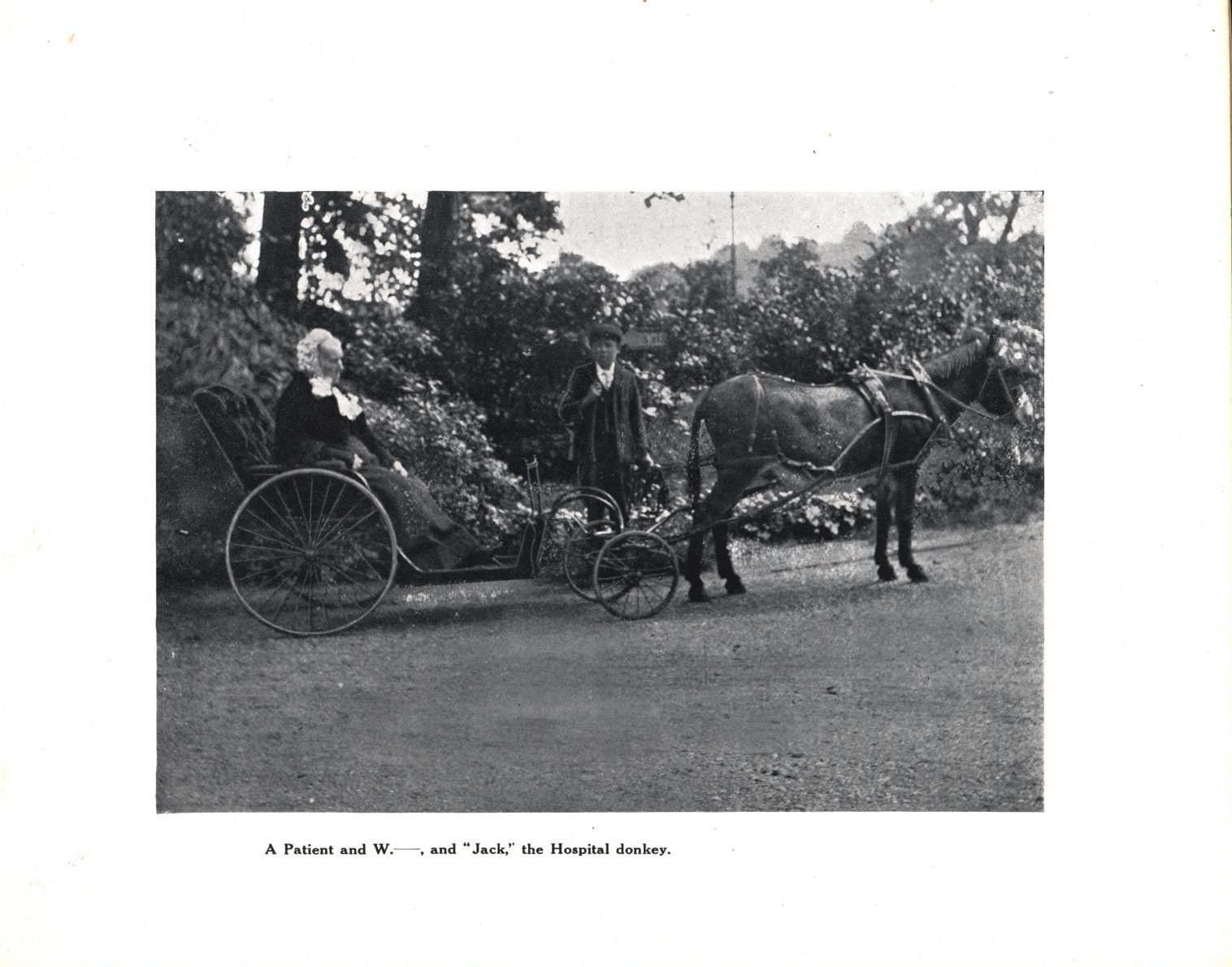
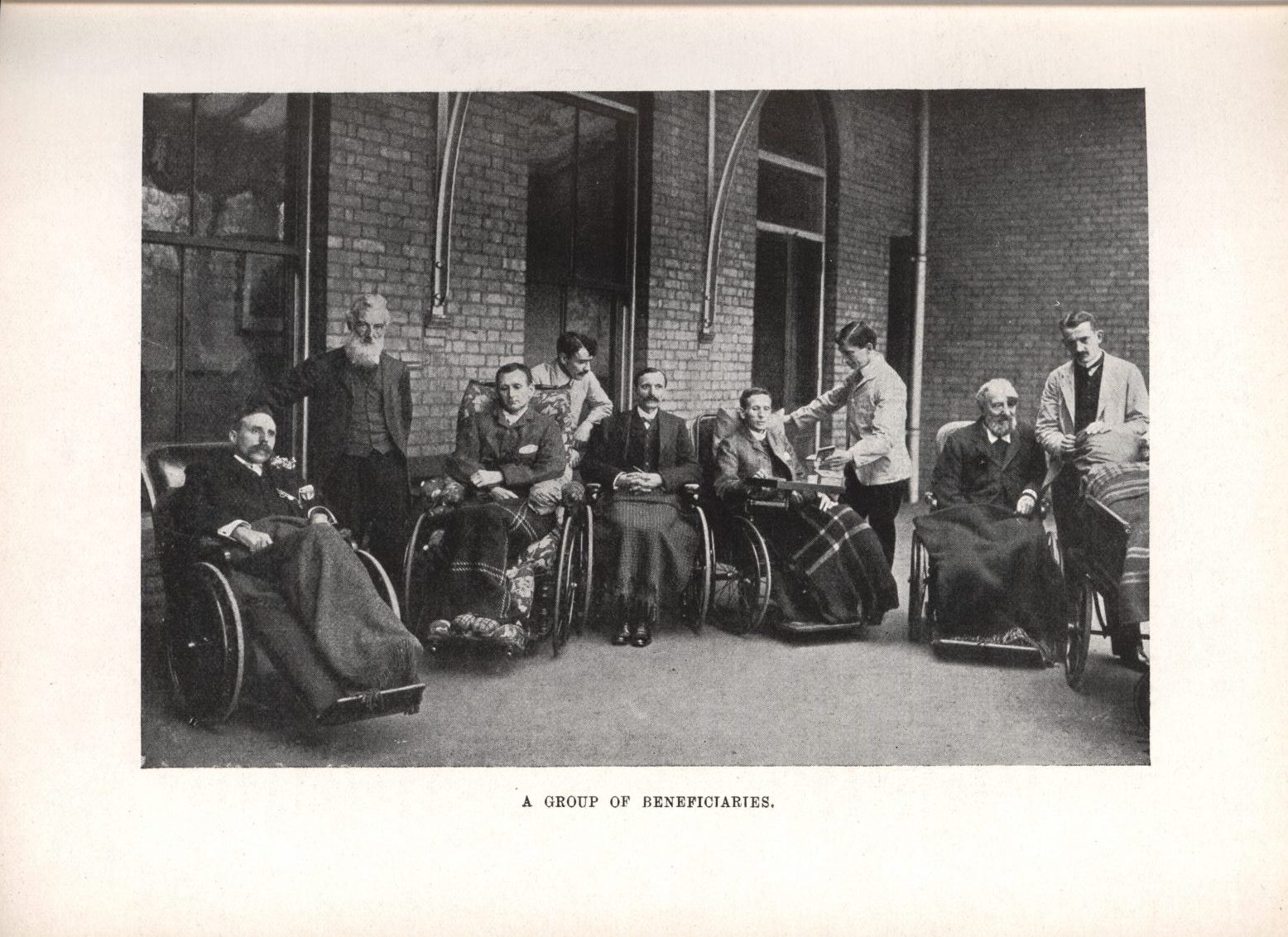
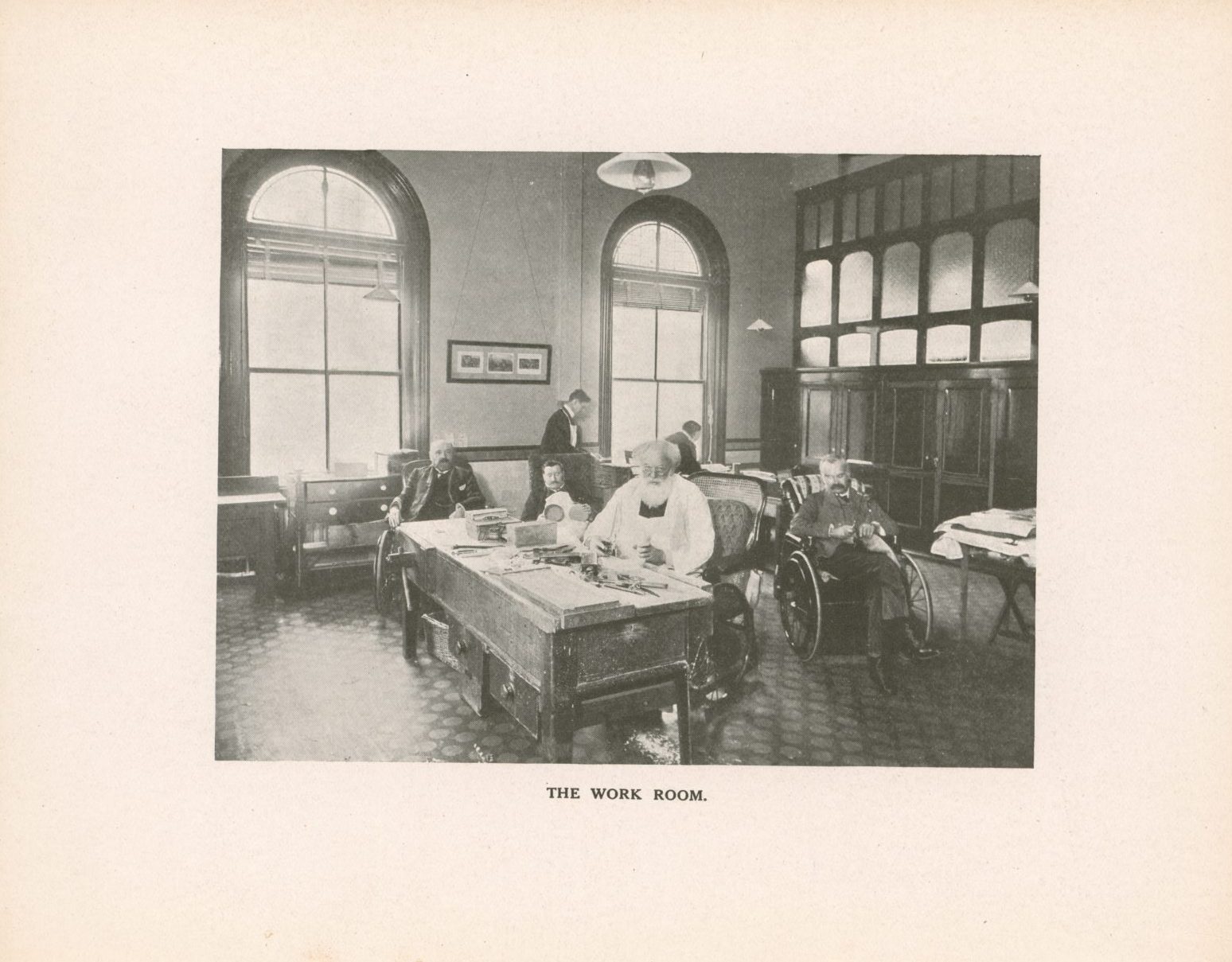
General History
Wheelchairs have a surprisingly long history and have seen many technological advancements. Although we do not know exactly when the first wheeled chairs were invented, there are stone inscriptions from Ancient China and Greece suggesting that wheelchair-type furniture has been used since at least the sixth century AD. Wheeled chairs may have reached Europe in around the 1100s, though one of the best-documented early examples was made for King Philip of Spain in 1595. The first self-propelled wheelchair followed in 1655.
